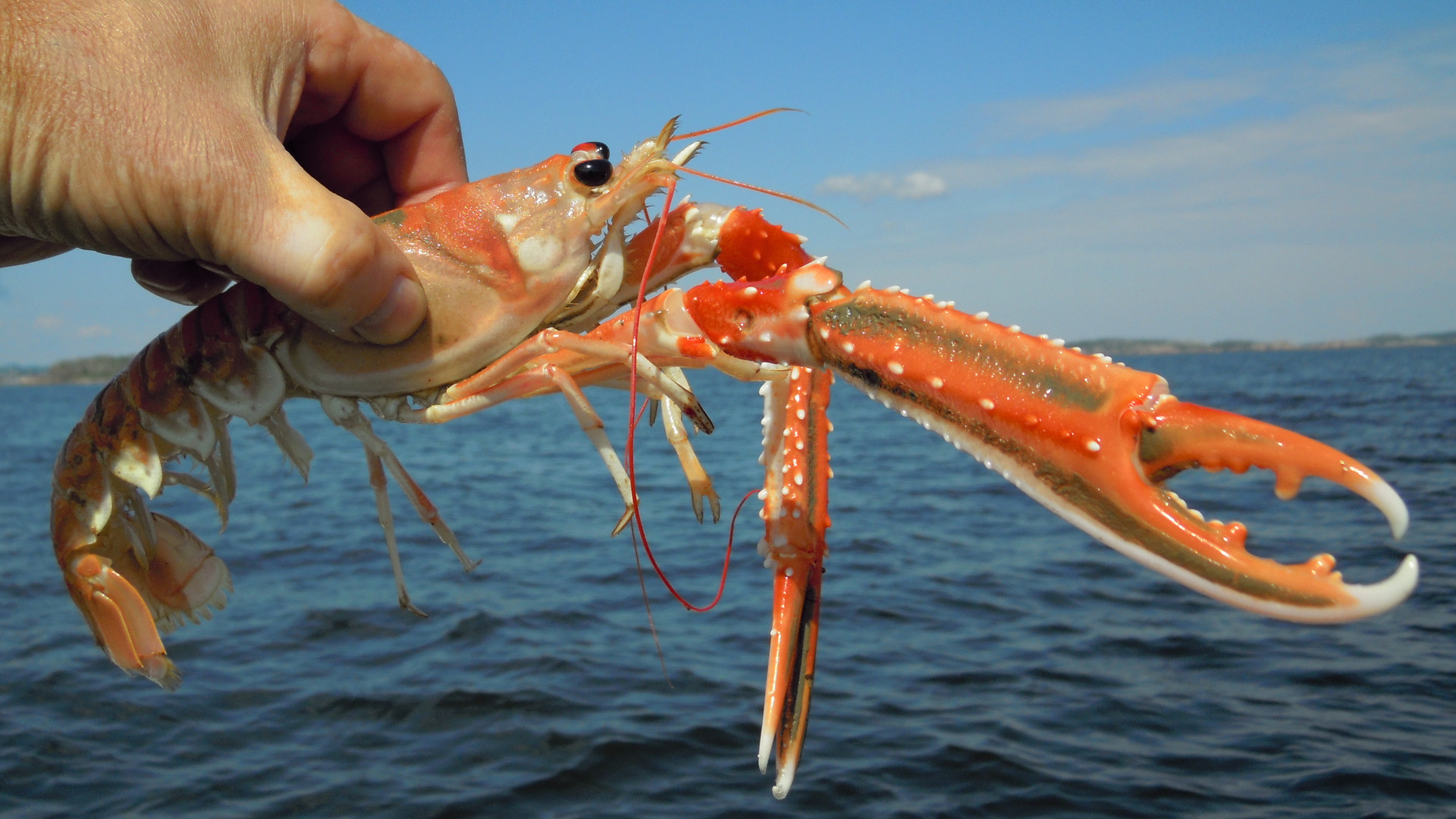A lot can change in five decades.
In 1963 University of Aberdeen researcher Ken MacKenzie published a paper about a parasite called Stichocotyle nephropis living in the waters around Scotland.
Last month he came full circle, publishing a new paper in the journal Fisheries Research describing the tiny flatworm’s possible extinction due to overfishing of its host species.
“Stichocotyle was the subject of the first paper I ever published in 1963 and it is a sobering thought that it has probably disappeared in my lifetime,” he says. He adds that he regrets never photographing the species while he was working on it in the 1960s, although he did provide this drawing from an earlier paper:
 The species — like most parasites — spent its life in different hosts depending on its life stages. According to MacKenzie’s new paper, Stichocotyle’s larval form lived in the bodies of Norway lobsters (Nephrops norvegicus). In its adult form — a worm reaching about 4 inches in length — it could be found in the bile ducts of the thornback ray (Raja clavata). It was also observed one time in the barndoor skate (Dipturus laevis).
The species — like most parasites — spent its life in different hosts depending on its life stages. According to MacKenzie’s new paper, Stichocotyle’s larval form lived in the bodies of Norway lobsters (Nephrops norvegicus). In its adult form — a worm reaching about 4 inches in length — it could be found in the bile ducts of the thornback ray (Raja clavata). It was also observed one time in the barndoor skate (Dipturus laevis).
Neither the ray nor the skate are commercially fished, but they are frequently killed as bycatch, enough so that they are considered near-threatened and endangered, respectively.
According to the paper, it’s the overfishing of these two species that may have caused the parasite’s extinction because there now aren’t enough of the animals to host the adult parasites.
The reports of this extinction have been a long time coming. Stichocotyle was last seen in 1986, and attempts to locate it since then have proven fruitless. “I was initially surprised when I went to look for specimens in 2001 in areas where I knew it to have been common in the 1960s and I failed to find it,” MacKenzie says. More recently he and his co-author examined more than 1,200 Norway lobsters and found no signs of infection. Similar inspections of thornback rays did not turn up any signs of the parasite.
This doesn’t mean the species is definitely extinct, but the prospects don’t look good. The host rays have been seriously overfished and its populations have become disconnected, so there is little opportunity for the parasite’s larvae — if they still exist — to be transmitted from lobsters to the rays. According MacKenzie additional populations of Stichocotyle could still survive, but only in isolated pockets with few opportunities for propagation. “We would love to be proved wrong about Stichocotyle now being extinct and we hope that parasitologists in other areas will now search for it,” he says.
So why should we care about the extinction of a tiny parasite? For one thing, it was the only known member of its taxonomic order, meaning an entire evolutionary line has possibly been lost.
Beyond that, we don’t know exactly what role Stichocotyle played in its ecosystem, but MacKenzie points out that its very existence was an important sign. “Parasites can be good indicators of the health of an ecosystem,” he says. “It is said that a healthy ecosystem has a healthy parasite fauna.” The loss of this parasite, therefore, indicates an ecosystem pushed out of balance by human activity.
Meanwhile, Stichocotyle may not be a lone example. Earlier this year a paper published in Science Advances warned that climate change could cause one-third of the world’s parasites to go extinct by the year 2070.
MacKenzie himself has seen evidence of this. “I have some indications of local parasite extinctions, but not enough evidence yet to publish anything. I have been retired from full-time work since 1995 but I continue to pursue my interests as an honorary member of staff of the University of Aberdeen. I hope that younger workers, such as my co-author Campbell Pert, will continue to monitor parasites as indicators of the health of marine ecosystems.”
In other words, keep checking those lobsters. Our oceans could need what’s inside them.
Previously in Extinction Countdown:
Snails Are Going Extinct: Here’s Why That Matters



1 thought on “Parasite Lost: Did Our Taste for Seafood Just Cause an Extinction?”
Comments are closed.